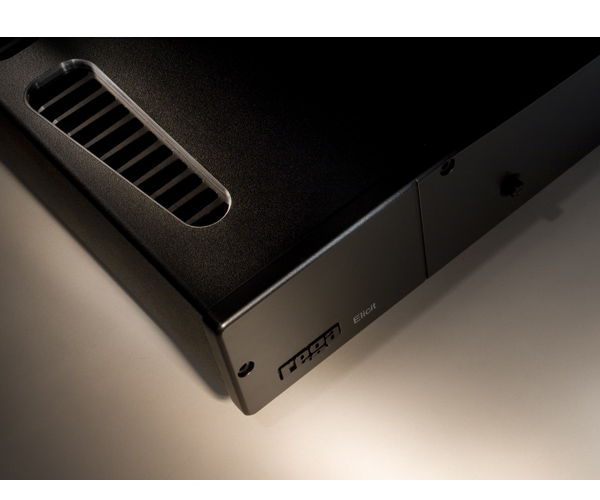 Ed. Note: This review was published in late 2008, but we somehow failed to upload it this spring when the site was overhauled. Our apologies!
Ed. Note: This review was published in late 2008, but we somehow failed to upload it this spring when the site was overhauled. Our apologies!
Rega has had a string of great products lately, including the improved P3-24 turntable and the stellar Ios phono preamplifier. While I might be accused of being biased toward Roy Gandy and company, it’s pretty hard not to like them when everything they’ve sent our way has been such a home run. Actually, I’m getting more and more biased towards having a great integrated amplifier in your system.
Integrated amplifiers in general have been making a comeback for a while and we’ve had quite a few of them in our paws this year that have been spectacular. The Sim Audio Moon i-7 at $7,000 is one of my favorites and features a beefy 150-watt per channel power amplifier section. The Naim SuperNait at $5,000 is less powerful but has a versatile DAC built in along with a fantastic headphone amplifier stage.
Perhaps you don’t require a built in DAC or a headphone amplifier and you would like to spin some LP’s without having to purchase an outboard phono stage? Enter the Rega Elicit. For $3,000 without a phono stage or $3,200 with your choice of MM or MC card installed, the Elicit could be the amplifier for you. My review sample came with an MM board, as Rega did not yet have the MC boards in stock, so we will do a follow up on the MC board as soon as we receive one.
The Elicit has more than enough inputs to be the center of your HiFi system. If you order yours with the phono board installed, there are five more high level inputs; four on the input selector as well as a tape monitor input. There are three outputs as well; a variable level output marked “preamp output” that you can use with a powered subwoofer or perhaps an additional power amplifier in a biamped setup, a fixed level output marked “record output” for a tape recorder, CD recorder, etc., and an additional fixed output marked “record output link” which is functionally equivalent to the record output. Rega says that the phono preamp is a plug in card and mentions “future options.”
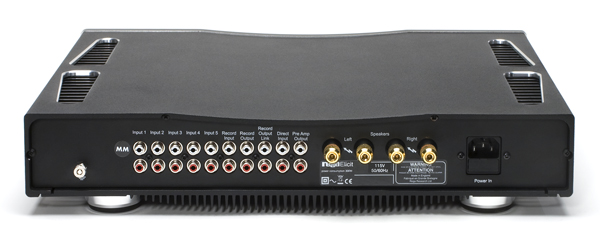
The Elicit is rated at 82 watts per channel and while we don’t measure our amplifiers output on a bench, I can say that it played just as loud with the same speakers as the Naim SuperNait (rated at 80 watts per channel), so as long as your speakers have a sensitivity of at least 86db the Elicit will have enough power for your application. I do find the subwoofer output critical for an amplifier at this level, I’ve auditioned too many pricey integrateds that ignore this feature.
This amplifier is continuing in the path that Rega has started down with the Ios phono stage as part of their premium line of components. “This is the best integrated we are capable of making” Roy Gandy told me in a recent phone conversation. “The circuit has actually been around for a while and we’ve been refining it.” If you aren’t familiar with Rega as a company, they do not rush to market with anything, always waiting until a product is built exactly the way they want it. Their website says at the bottom of the page “they are the last major HiFi manufacturer to produce a CD player.”
Peeking inside the Elicit shows the attention to detail, with premium parts everywhere and I’d like to emphasize that there are no Class-D modules or op amps anywhere; the Elicit’s circuitry is all discrete.
Music in five minutes
Even with a turntable, CD player and subwoofer, I was rocking out in no time with the Elicit. The instruction manual is straightforward, as is the remote. As you are lifting the Elicit out of the box, you will notice how beefy it is – there’s a major power supply lurking under the casework. With a similar form factor to the rest of the Rega components, the Elicit will look right at home with a P9 and PSU power supply, an Ios phono stage, or a Rega CD player. The big difference is the openings cut in the left and right sides, revealing some massive heat sinks for the output stages.
The volume control is somewhat recessed in the front panel and is microprocessor controlled, changing volume in +/- 1db steps. Rega claims better than .2db channel balance, which I had no reason to doubt. I liked the row of LED’s that light up around the volume control as you increase the level, as an alternative to a large LED panel with numbers. And yes, those of you that get grumpy about glowing LED’s can dim them from the remote.
Top quality sound
You’ll forget all the specs the minute you fire up the Elicit; this is something special indeed. While I liked what I heard immediately, after a couple of days of continuous play the Elicit opened up even further.
Because I see the Elicit as the core of a very high performance system, I made it a point to use it with quite a few different speakers, including the MartinLogan Spires in for review as well as the 53 thousand dollar Loiminchay Chagalls. Even with the mega Loiminchay’s, which are known for their exceptional resolution of fine detail, the Elicit held it’s own.
The good news is that the Elicit has enough current drive to power the Logans just fine and every other speaker I was able to throw at it. So unless you need concert hall levels or just have tremendously inefficient speakers, the Elicit should be able to drive most speakers with ease. I ended up settling in on the system mentioned in the sidebar, with a pair of Harbeth Compact 7ES-3’s, a Rega Saturn CD player and a Rega P3 turntable with Clearaudio cartridge.
I’m fortunate enough to have a very high performance system to listen to every day and while this system I’ve assembled does not eclipse my six figure reference setup, it does nail the fundamentals so well, that it’s easy to forget that you aren’t listening to a much more expensive system. Listening to music that isn’t terribly demanding on the frequency extremes, like the new James Taylor album, Covers, or perhaps some chamber music will easily fool you into thinking you are listening to something a lot more expensive.

What fools you into thinking that you are listening to much more expensive gear is the tonality that this amplifier provides. While you won’t confuse the Elicit for a tube amplifier, it does have a drop of warmth to the presentation, sounding closer to the Luxman 590 (All class-A) than say the Moon i-7 or the SuperNait. Listening to my favorite classical discs was very pleasant indeed, with the Elicit having an unmistakable ”rightness” about it.
I briefly added the Luxman D-7 combination player that we have in for review, so that I could listen to the new Analogue Productions SACD release of Sonny Rollins Saxophone Colossus and it was awesome, showing off the dynamic capabilities of this amplifier. When Sonny blasts away, the Elicit did a fantastic job at capturing the transient attack. I had equally good luck with some of my favorite Mahler and Shostakovich discs. At moderate to loud levels, I always felt like there was enough headroom to enjoy the music without strain.
The Elicit’s performance under torture is also worth mentioning. I spent a few hours working outside the studio and had a good playlist full of Led Zeppelin, Van Halen and Snow Patrol playing, running the Elicit at full volume for about four hours straight. The heatsinks got a little warm, but not hot to the touch, indicating robust build quality.
At the risk of sounding vague, the Elicit is very musical. While some solid-state amplification, especially at this price point can sound somewhat harsh and fatiguing, this was never the case with the Rega. Towards the end of the review period, I moved it to my desktop system with a pair of Stirling Broadcast LS3/5a’s and MartinLogan Grotto i subwoofer. This system has incredible midrange detail and a very smooth high end along with an uncanny amount of resolution listening nearfield. Anything that is the least bit fatiguing will become torture during 10-hour Photoshop editing sessions.
Having spent the last two weeks of producing the August issue, listening to this combination nonstop, it was always enjoyable, even after 12-hour shifts, playing a very wide variety of music. I’m sure the parts quality and all discrete circuitry had a lot to do with this.
The hidden jewel
I was not prepared for the surprise that I had when I plugged my P3-24 into the Elicit. I have reviewed a number of integrated amplifiers and preamplifiers that charge $500-700 dollars for a plug in phono board that aren’t nearly as well executed as this one is. While I used Rega’s P3-24 with the Clearaudio Maestro Wood at first, I was so impressed with what I heard, I even upped the game, going to my P9 and Grado Statement combination. While this was pushing things beyond the resolution of the onboard phono stage, it still sounded great.
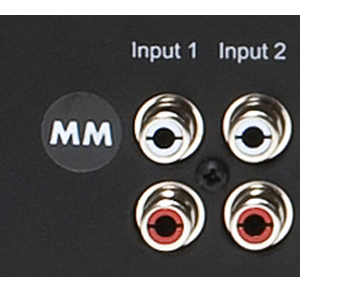
The internal phono board more than held it’s own when comparing it to a few of the $700 external phono stages I’ve had the opportunity to sample, so for many vinyl lovers, this will be a great place to start. Being solid state, it is extremely quiet with good dynamics and an amazingly open top end for an under $200 upgrade.
Granted the internal phono stage will pale in comparison to Regas Ios (which costs as much as the Elicit), but it’s a great place to start. That being said, using the P9 with the Ios and the Rega Apheta MC cartridge was very impressive indeed. Not a bad way to go for a compact, all analog system!
A great alternative to separates
With integrateds gaining momentum all the time, if you haven’t investigated them in a few years, you will be taken back by just how much performance is now available. The Elicit is the perfect amplifier for someone who wants a high performance music system, regardless of configuration. The fact that you need fewer cords and cables is a big bonus.
Remember, what you get for $3,200 is a preamplifier, a darn good phono preamplifier and a power amplifier all on one chassis. Even buying modest interconnects in an all separates system would be another few hundred dollars and you would require a lot more rack space to get the job done.
It’s also very important to point out that while some of you in the audience might not quite grasp the significance of this $3000 British integrated, Rega has never made an integrated at this price point. They’ve built an amazing reputation on their Brio at $695 and the Mira at $1195, so this is big bucks for Rega. The Elicit offers so much at this price point because Rega builds their products in quantity and everything shares similar casework and packing materials. Unlike some boutique products that penalize the owner for building in small numbers, Rega reaps the rewards for running a tight ship and passes those savings on to their customers.
I defy anyone to put together more performance with a separate power amplifier, preamplifier and phono preamplifier at this price point. I’m happy to say that we are purchasing the review sample to become part of the permanent collection here at TONEAudio.
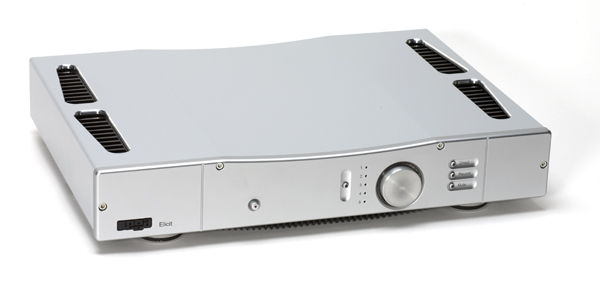
The Rega Elicit
MSRP: $2,995
www.soundorg.com
Peripherals:
Analog sources Rega P3-24, Rega P9, Rega IOS phono stage
Digital sources Rega Saturn, Luxman D-7i
Speakers Harbeth Compact 7ES -3, MartinLogan Spire, Stirling Broadcast LS3/5a
Cable Furutech Reference III (speaker and interconnect)
Accessories Running Springs Haley with Mongoose power cords, Finite Elemente Pagode Signature Rack
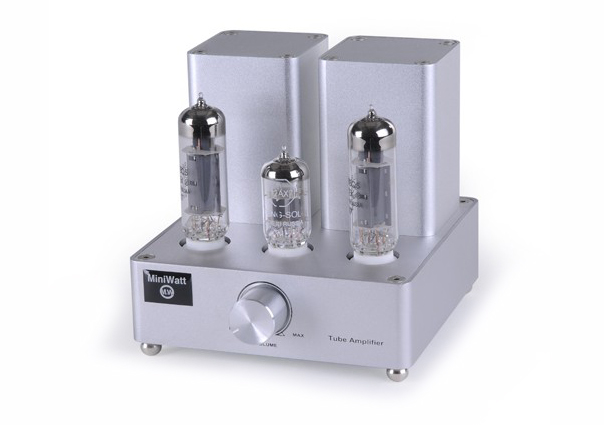 For those of us that have relatively large power amplifiers, one watt probably wouldn’t make much if any difference at all, but when you’re in the low watt (i.e. under 10 watts per channel) camp, every bit counts, and quality is everything. In case you missed all the buzz about the MiniWatt S1, we were very enthusiastic about it when it was reviewed about a year ago. Click here to read our past review. The original MiniWatt S1, barely tipped the scales at $229, and the new N3 is still a killer bargain at $378.
For those of us that have relatively large power amplifiers, one watt probably wouldn’t make much if any difference at all, but when you’re in the low watt (i.e. under 10 watts per channel) camp, every bit counts, and quality is everything. In case you missed all the buzz about the MiniWatt S1, we were very enthusiastic about it when it was reviewed about a year ago. Click here to read our past review. The original MiniWatt S1, barely tipped the scales at $229, and the new N3 is still a killer bargain at $378.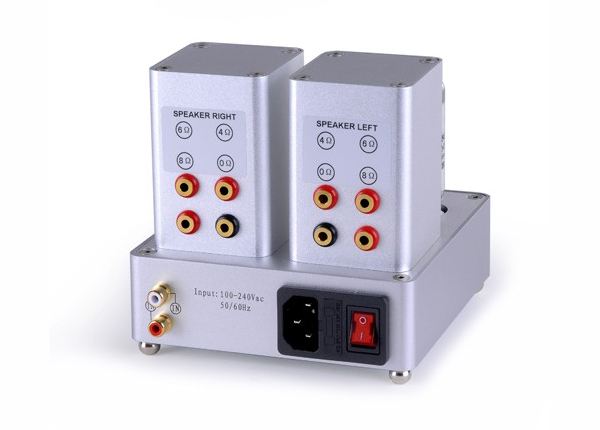 While I’d like to rave about the extra watt, the N3 is really more about quality. Comparing the two amplifiers side by side, you immediately notice the extra body and three dimensionality of the Mini Watt’s latest offering. The easiest comparison will be your favorite solo vocals; listening to some of my favorites from Johnny Cash and Anya Garbarek, the new amplifier sounds as if I moved my speakers a few more feet apart instantly. Once the amplifier had about 100 hours on the clock, it improved a bit, with acoustic instruments having slightly more body.
While I’d like to rave about the extra watt, the N3 is really more about quality. Comparing the two amplifiers side by side, you immediately notice the extra body and three dimensionality of the Mini Watt’s latest offering. The easiest comparison will be your favorite solo vocals; listening to some of my favorites from Johnny Cash and Anya Garbarek, the new amplifier sounds as if I moved my speakers a few more feet apart instantly. Once the amplifier had about 100 hours on the clock, it improved a bit, with acoustic instruments having slightly more body.



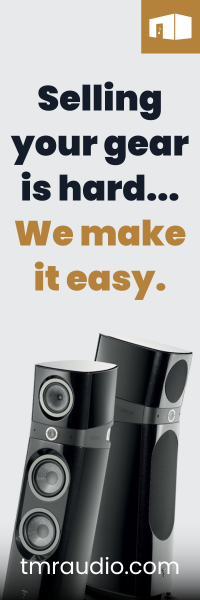
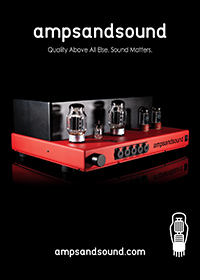


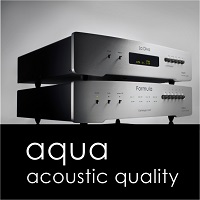

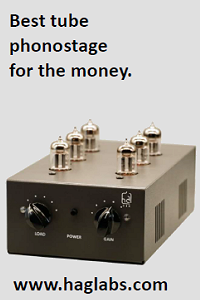
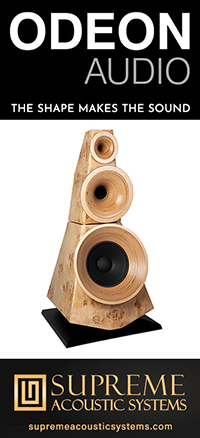
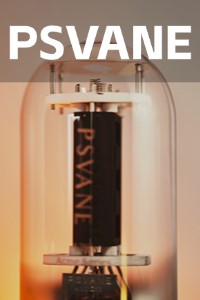


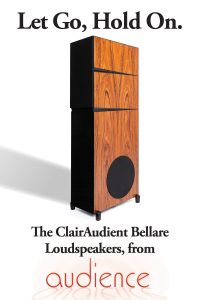

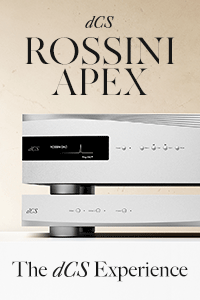

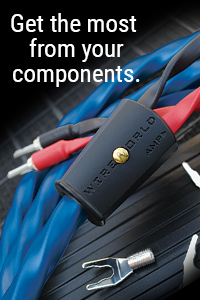
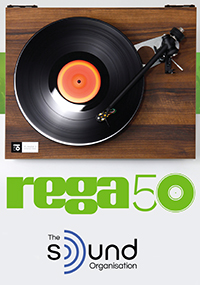
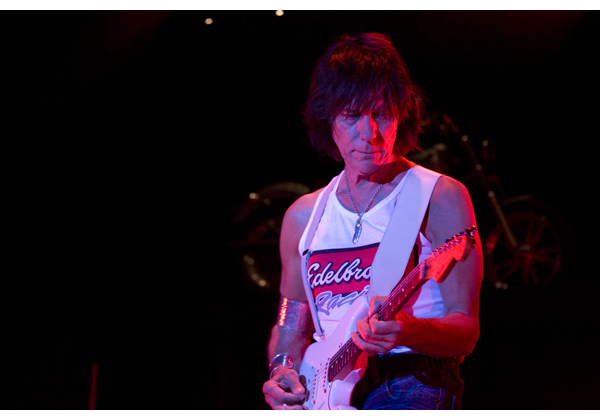

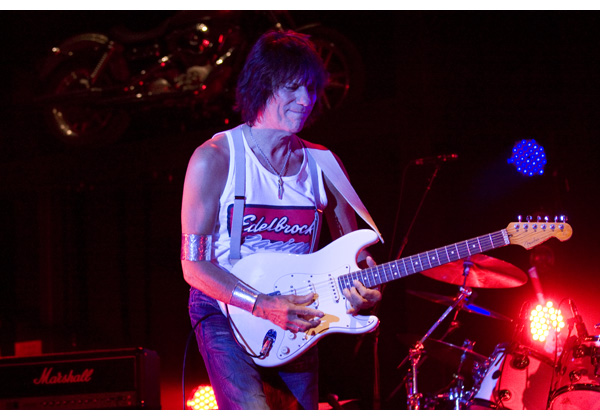
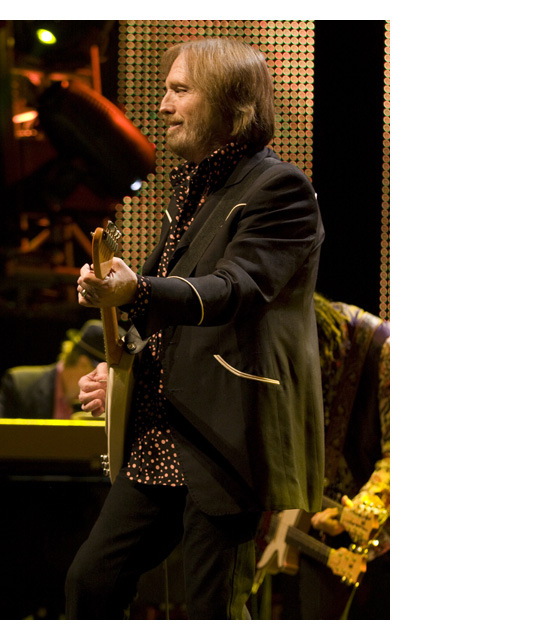

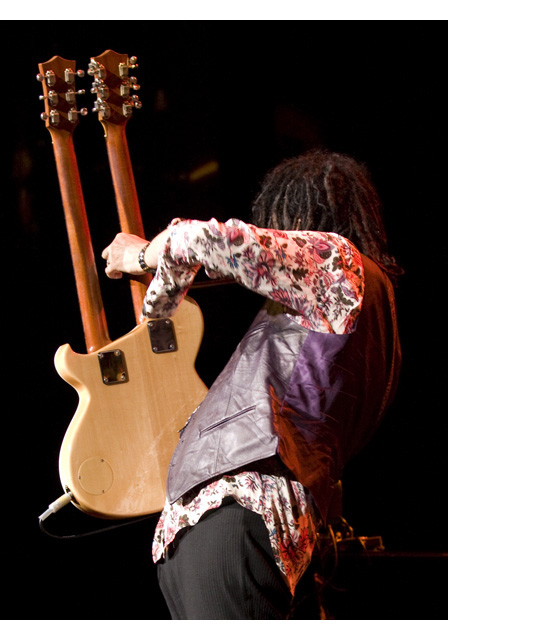
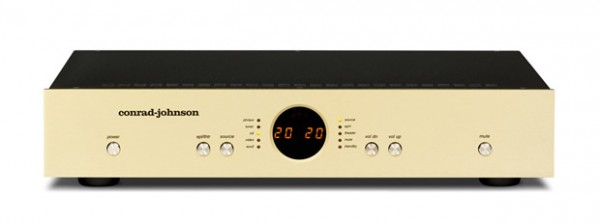
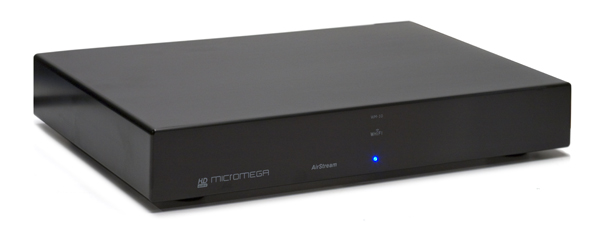 This is a controversial product to say the least. For many of you wanting to extend your digital music network, the $99 Apple Airport express is a great, low-cost way to add a pair of powered speakers somewhere into your environment. However, it is not an audiophile solution. At the other end of the spectrum, we have Micromega, with their $1,499 Airstream, which functionally does no more than the Apple Airport. We could have the same argument comparing the $300 Squeezebox to the $8,500 Sooloos music server. They both do the same thing, stream digital music files, but there’s more to the story.
This is a controversial product to say the least. For many of you wanting to extend your digital music network, the $99 Apple Airport express is a great, low-cost way to add a pair of powered speakers somewhere into your environment. However, it is not an audiophile solution. At the other end of the spectrum, we have Micromega, with their $1,499 Airstream, which functionally does no more than the Apple Airport. We could have the same argument comparing the $300 Squeezebox to the $8,500 Sooloos music server. They both do the same thing, stream digital music files, but there’s more to the story.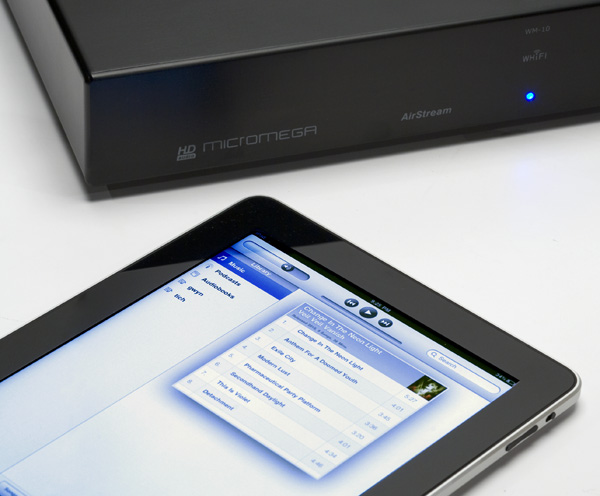
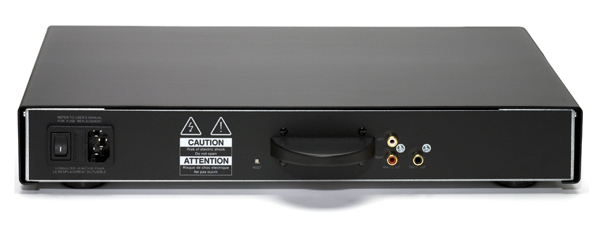
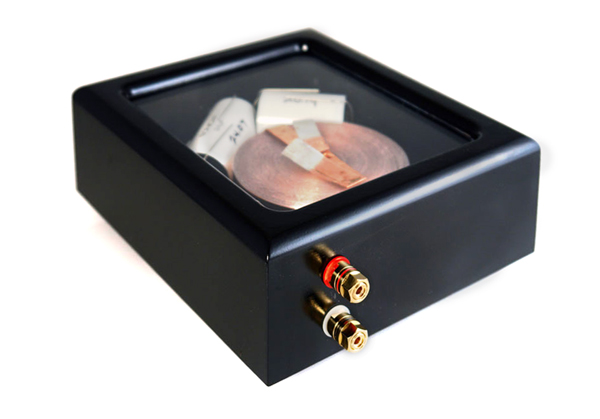 With Magnepan introducing their new 1.7 to replace the 1.6 that has been a staple of their line for about 15 years, many loyal Magnepan owners are probably asking themselves if they should make the move and upgrade to the latest. Knowing how slow Magnepan is (or perhaps cautious and conservative) with upgrades; there is certainly some promise on the horizon for this new speaker that will now feature a “quasi ribbon” driver for the bass panel as well. However, the original 1.6 is still a solid speaker with a lot of life left in it and let’s face it, who wants to sign up for shipping a hundred pounds and going through the audiogon hassle, right?
With Magnepan introducing their new 1.7 to replace the 1.6 that has been a staple of their line for about 15 years, many loyal Magnepan owners are probably asking themselves if they should make the move and upgrade to the latest. Knowing how slow Magnepan is (or perhaps cautious and conservative) with upgrades; there is certainly some promise on the horizon for this new speaker that will now feature a “quasi ribbon” driver for the bass panel as well. However, the original 1.6 is still a solid speaker with a lot of life left in it and let’s face it, who wants to sign up for shipping a hundred pounds and going through the audiogon hassle, right?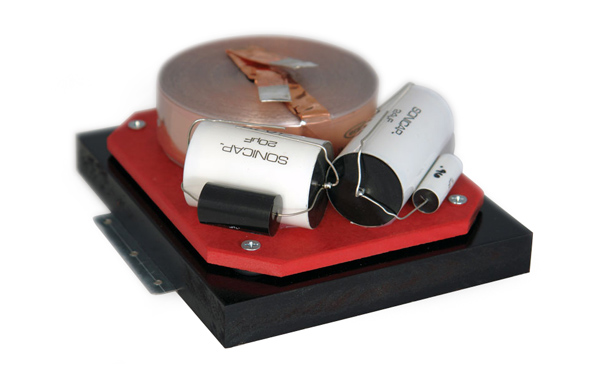
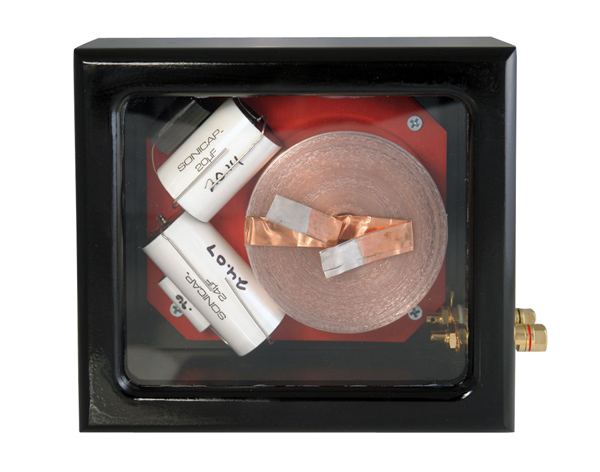
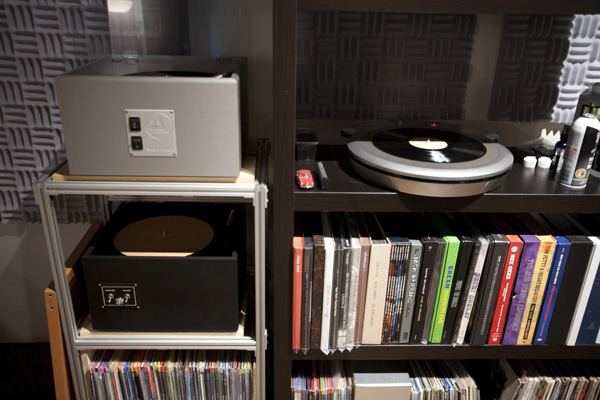 Just drop by any internet forum and you can make enemies instantly by bringing up the subject of record cleaning. LIke every other aspect of the HiFi hobby/obsession, you can do this on a few different levels, and your budget can determine the results. I’ve seen plenty of DIY ways to clean records (with most of them ending in tears, or at least ruined records), but nothing that works consistently or convincingly.
Just drop by any internet forum and you can make enemies instantly by bringing up the subject of record cleaning. LIke every other aspect of the HiFi hobby/obsession, you can do this on a few different levels, and your budget can determine the results. I’ve seen plenty of DIY ways to clean records (with most of them ending in tears, or at least ruined records), but nothing that works consistently or convincingly.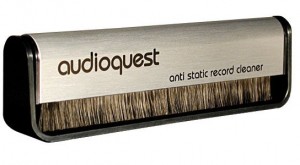
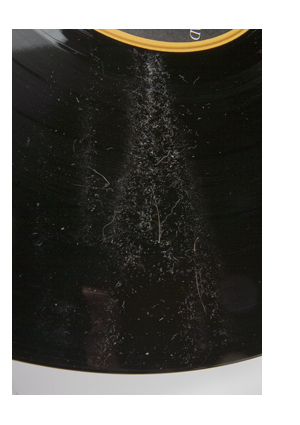 See that gigantic pile of dirt? Grab a handy can of compressed air and blow that right off the record. This will make it that much easier for your RCM to get right at the tough dirt and it cuts down on the crud that sticks to the cleaning pads.
See that gigantic pile of dirt? Grab a handy can of compressed air and blow that right off the record. This will make it that much easier for your RCM to get right at the tough dirt and it cuts down on the crud that sticks to the cleaning pads.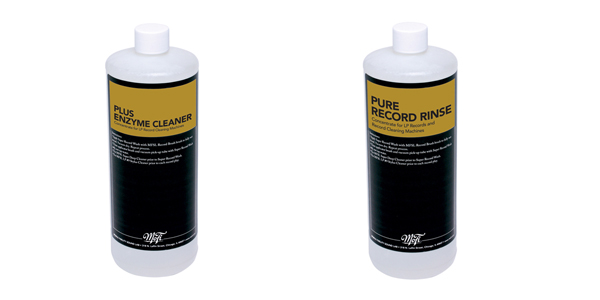
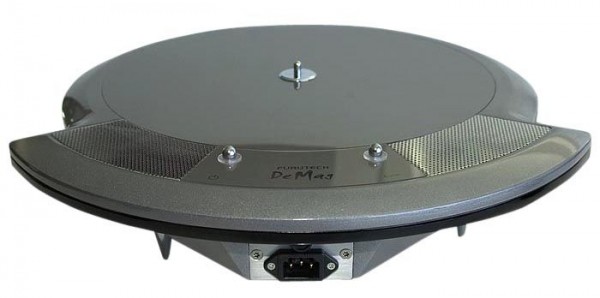

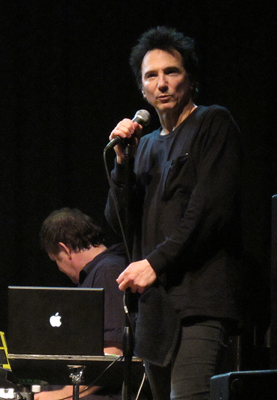 Even though the audience was a bit nonplussed by the performance, the musicians were strong enough to pull off the unexpected in a commanding fashion. I guess one could sum the evening up in Bozzio’s own words at the onset of intermission: “It’s obvious we don’t have any prepared material tonight. Think of what we are doing as though it were an instant soundtrack.”
Even though the audience was a bit nonplussed by the performance, the musicians were strong enough to pull off the unexpected in a commanding fashion. I guess one could sum the evening up in Bozzio’s own words at the onset of intermission: “It’s obvious we don’t have any prepared material tonight. Think of what we are doing as though it were an instant soundtrack.” 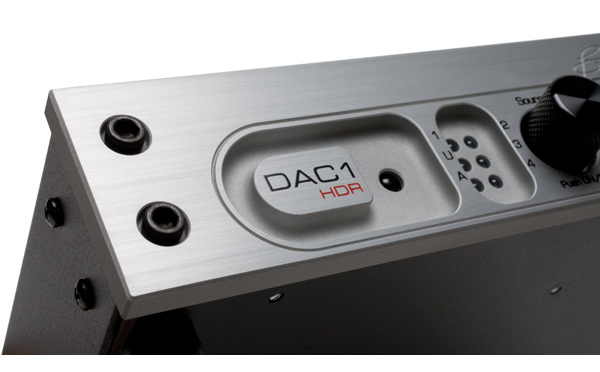
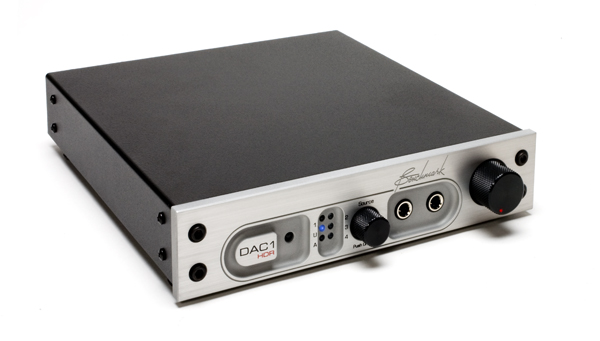
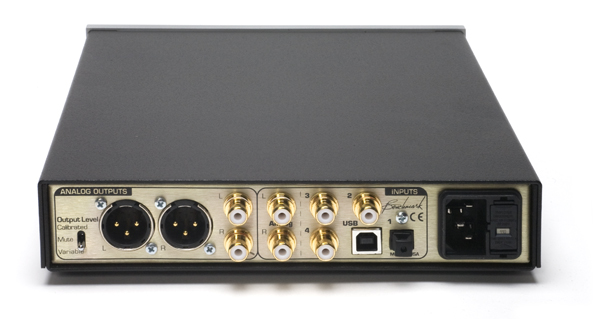
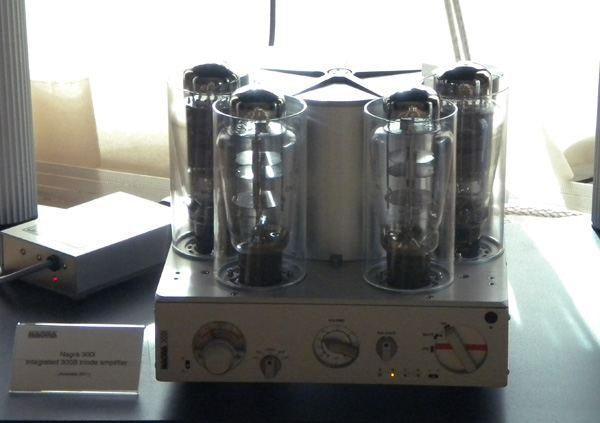
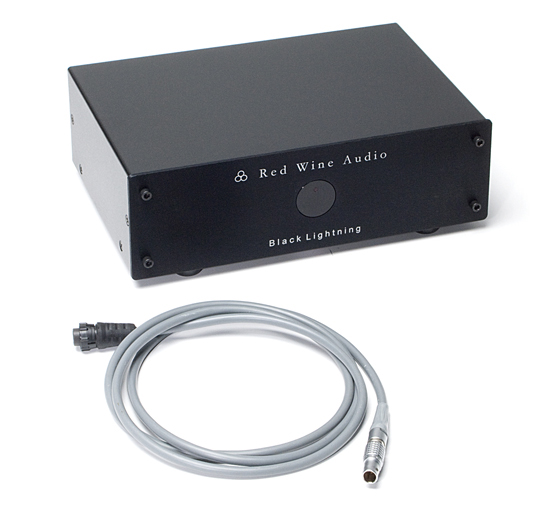 By Jeff Dorgay
By Jeff Dorgay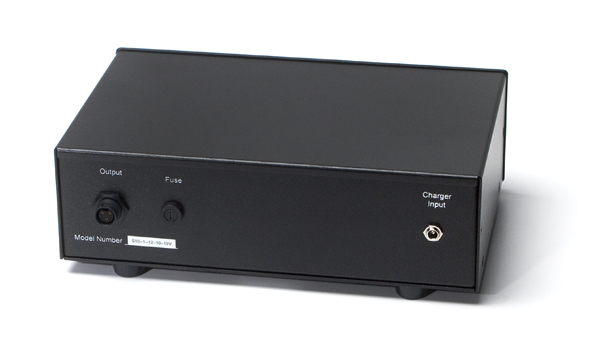 I am a big believer in clean power, and the validity of good power cords, but I’ve never had this much improvement from any power cord or line conditioner. I currently use the Running Springs Dmitri line conditioner on the front end of my system (and a Running Springs Maxim on a separate 20 amp line for my power amplifier) and I feel this product is the top of the mountain in power line conditioning products. I would compare the difference plugging the Nagra into the Black Lightning to be an equivalent jump in performance I experienced when I plugged the rest of my system into the Dmitri from the wall. Background noise decreased dramatically, dynamics increased substantially and the upper registers got smoother, yet more defined.
I am a big believer in clean power, and the validity of good power cords, but I’ve never had this much improvement from any power cord or line conditioner. I currently use the Running Springs Dmitri line conditioner on the front end of my system (and a Running Springs Maxim on a separate 20 amp line for my power amplifier) and I feel this product is the top of the mountain in power line conditioning products. I would compare the difference plugging the Nagra into the Black Lightning to be an equivalent jump in performance I experienced when I plugged the rest of my system into the Dmitri from the wall. Background noise decreased dramatically, dynamics increased substantially and the upper registers got smoother, yet more defined.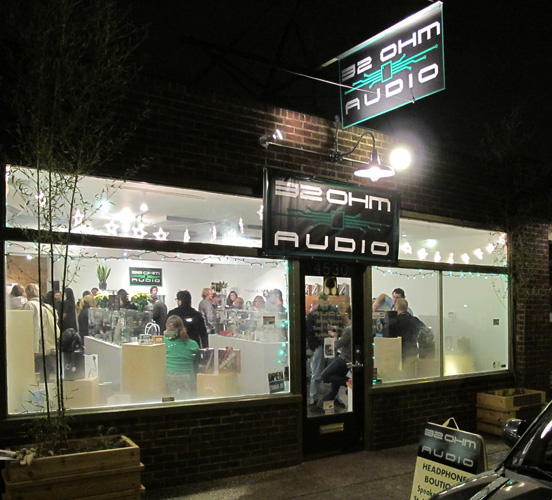 While CNN and Fox News are both presenting their own version of the economic collapse, the Christmas shopping season is alive and well here in Portland, Oregon at the world’s first exclusive headphone boutique, 32 Ohm Audio. I know nothing warms my heart like seeing people out in force, buying audio gear!
While CNN and Fox News are both presenting their own version of the economic collapse, the Christmas shopping season is alive and well here in Portland, Oregon at the world’s first exclusive headphone boutique, 32 Ohm Audio. I know nothing warms my heart like seeing people out in force, buying audio gear!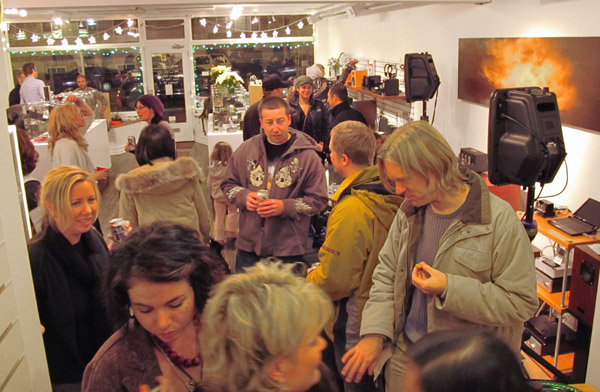
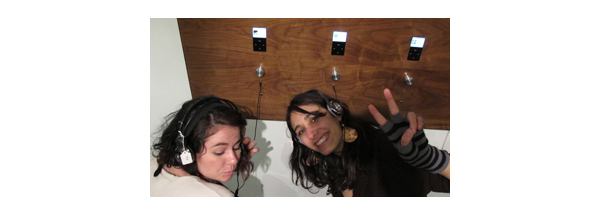
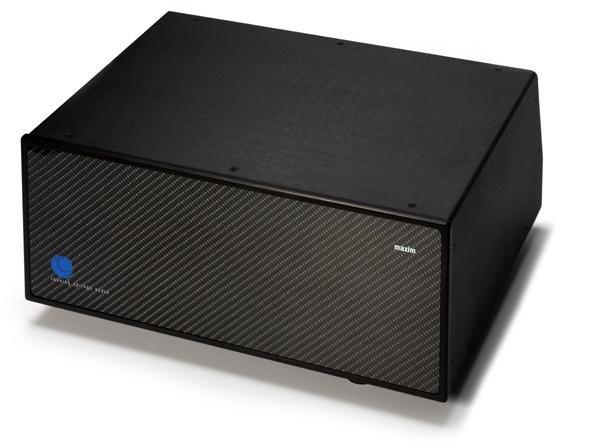 As a long time owner of Running Springs power conditioning products, I was very anxious to hear the effect of their newest power conditioner, the Maxim on my system. Unlike a number of other power product manufacturers at the recent Rocky Mountain Audio Fest that made outrageous claims for their power products (two of which have already been returned to their companies already), RSA designer Dan Babineau simply told me, “If you like your Dmitri, the Maxim uses the advancements I made going from the Haley/Jaco/Danielle series of our products to the Dmitri, but with additional filtering. It’s been optimized for high power/high current amplifiers.”
As a long time owner of Running Springs power conditioning products, I was very anxious to hear the effect of their newest power conditioner, the Maxim on my system. Unlike a number of other power product manufacturers at the recent Rocky Mountain Audio Fest that made outrageous claims for their power products (two of which have already been returned to their companies already), RSA designer Dan Babineau simply told me, “If you like your Dmitri, the Maxim uses the advancements I made going from the Haley/Jaco/Danielle series of our products to the Dmitri, but with additional filtering. It’s been optimized for high power/high current amplifiers.”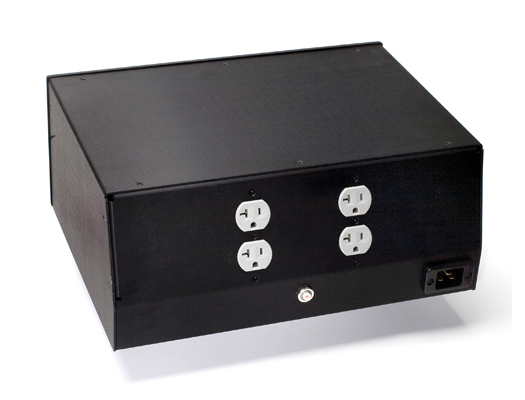
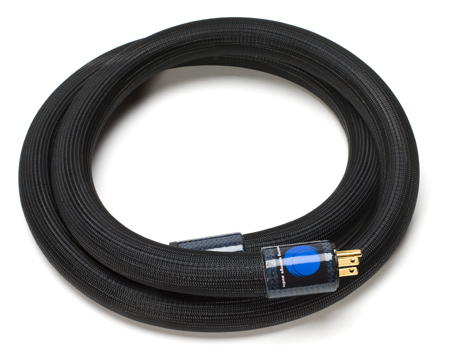
 In the last few years, MartinLogan has received a lot of praise for their hybrid electrostatic designs, mating their legendary electrostatic panel to a dynamic woofer. In the case of the Purity, it’s a pair of 6.5-inch woofers in a very compact package that will only take a 10 x 15 inch patch of your living area.
In the last few years, MartinLogan has received a lot of praise for their hybrid electrostatic designs, mating their legendary electrostatic panel to a dynamic woofer. In the case of the Purity, it’s a pair of 6.5-inch woofers in a very compact package that will only take a 10 x 15 inch patch of your living area.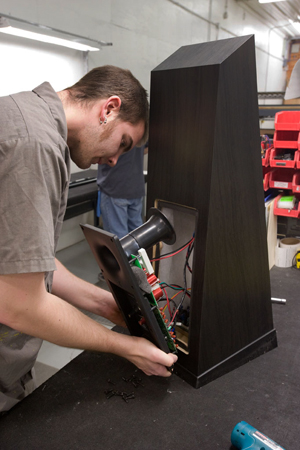
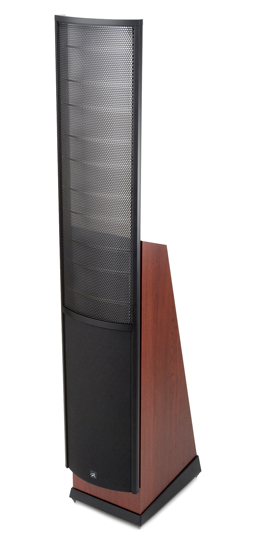
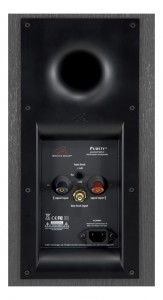
 Ed. Note: This review was published in late 2008, but we somehow failed to upload it this spring when the site was overhauled. Our apologies!
Ed. Note: This review was published in late 2008, but we somehow failed to upload it this spring when the site was overhauled. Our apologies!



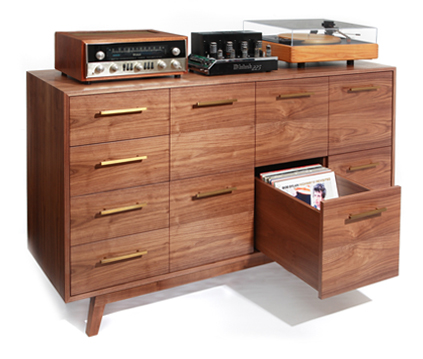 Last year we featured what I consider to be the ultimate record cabinets, from Atocha Design. These are custom, made to order cabinets that you can have configured to suit your record (and CD) collection. If you’ve been wanting to treat yourself to something special this holiday season, now’s the time to do it…
Last year we featured what I consider to be the ultimate record cabinets, from Atocha Design. These are custom, made to order cabinets that you can have configured to suit your record (and CD) collection. If you’ve been wanting to treat yourself to something special this holiday season, now’s the time to do it… Connon Price of TUNE HiFi in Seattle has just informed us that Pat will be stopping by a day early for the clinic, so feel free to drop in on Thursday to check out the DAC, NaimNet gear and get started on your upgrades.
Connon Price of TUNE HiFi in Seattle has just informed us that Pat will be stopping by a day early for the clinic, so feel free to drop in on Thursday to check out the DAC, NaimNet gear and get started on your upgrades.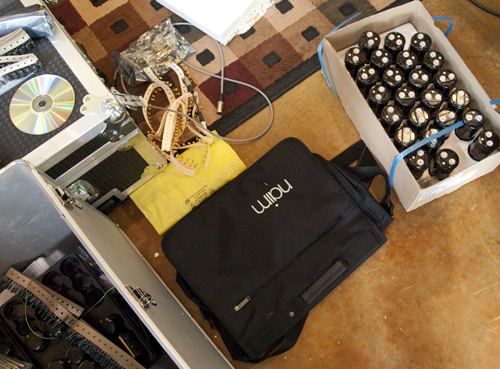
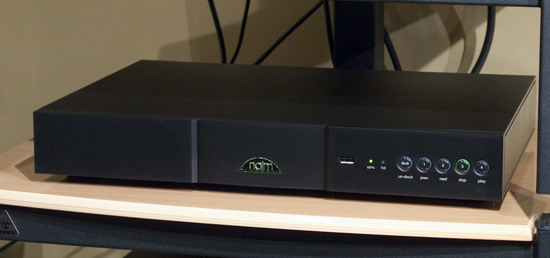
 amplification has been a technique for achieving unequaled sound quality in hi-end component audio since the advent of the transistor. While kicking around ideas for our new headphone amp we thought, why not try this same technique in a single component? We built one up and were blown away by the increased detail, clarity, and presence the design offered. The tube hybrid headphone amp was born. Hand assembled using the highest quality parts available the music hall ph25.2 will have you singing along with your favorite artists. A full featured headphone amp in a beautiful and solid chassis.
amplification has been a technique for achieving unequaled sound quality in hi-end component audio since the advent of the transistor. While kicking around ideas for our new headphone amp we thought, why not try this same technique in a single component? We built one up and were blown away by the increased detail, clarity, and presence the design offered. The tube hybrid headphone amp was born. Hand assembled using the highest quality parts available the music hall ph25.2 will have you singing along with your favorite artists. A full featured headphone amp in a beautiful and solid chassis. 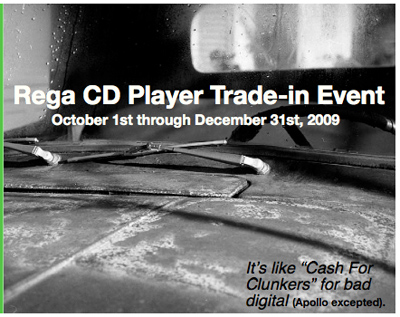 Doing their bit to stimulate the economy and promote better digital sound, the US distributor for REGA, The Sound Organisation is promoting their version of a “Cash for Clunkers” program. Bring in your old CD or DVD player and get a 15% discount on a new Apollo player, or 25% off on a new Saturn player. This is a pretty sweet deal and it’s running until the end of the year.
Doing their bit to stimulate the economy and promote better digital sound, the US distributor for REGA, The Sound Organisation is promoting their version of a “Cash for Clunkers” program. Bring in your old CD or DVD player and get a 15% discount on a new Apollo player, or 25% off on a new Saturn player. This is a pretty sweet deal and it’s running until the end of the year.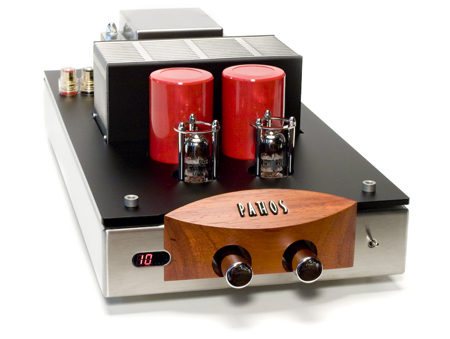 I’ve always been a fan of Pathos Acoustics fusion of Italian style with technology, while always yielding very musical results.
I’ve always been a fan of Pathos Acoustics fusion of Italian style with technology, while always yielding very musical results.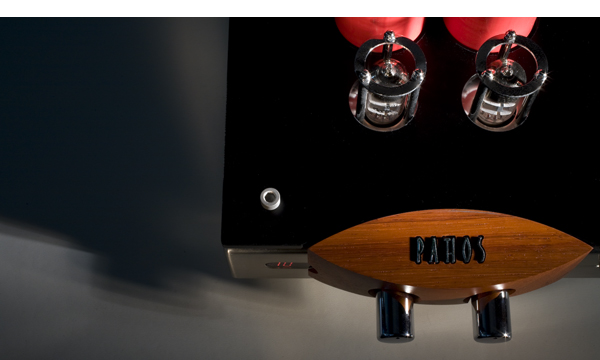
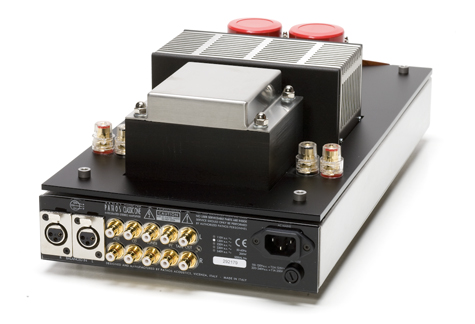
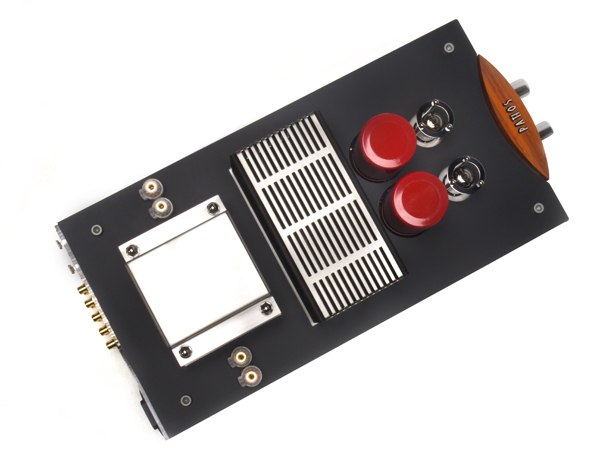
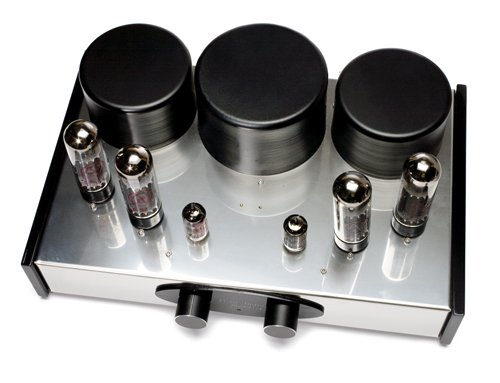

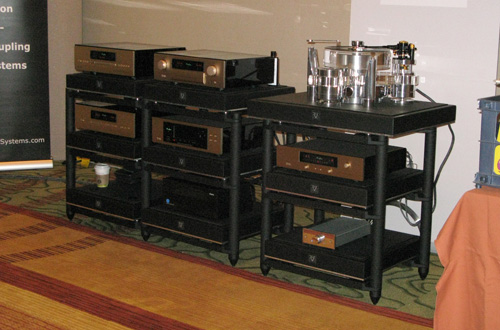 Another great day at the Rocky Mountain Audio Fest. Fest owner/presenter Marjorie Baumert announced that the Fest is go for next year and possibly as far as 2012. So, next year, show your support to convince Marjorie to stay on board!
Another great day at the Rocky Mountain Audio Fest. Fest owner/presenter Marjorie Baumert announced that the Fest is go for next year and possibly as far as 2012. So, next year, show your support to convince Marjorie to stay on board!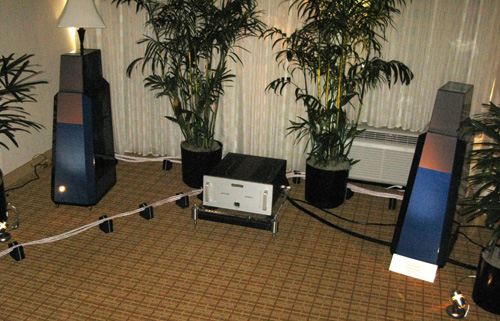 The folks at Shunyata, Vandersteen and Audio Research also did a very good job at defying the room acoustics, getting good sound out of a small room, bringing in some heavy duty room treatments and careful attention to setup. Just slightly off camera, they had a full bank of diffusors that did a great job at taming the room, along with a heavy dose of Shunyata’s latest Aurora cable, which we will have a full review in the next issue of TONEAudio.
The folks at Shunyata, Vandersteen and Audio Research also did a very good job at defying the room acoustics, getting good sound out of a small room, bringing in some heavy duty room treatments and careful attention to setup. Just slightly off camera, they had a full bank of diffusors that did a great job at taming the room, along with a heavy dose of Shunyata’s latest Aurora cable, which we will have a full review in the next issue of TONEAudio.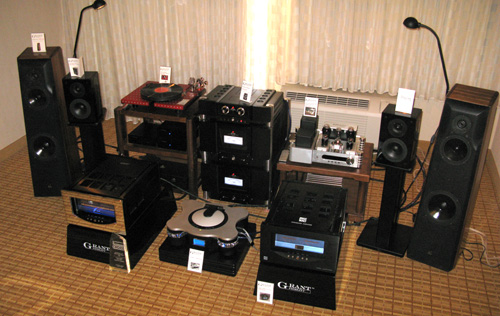
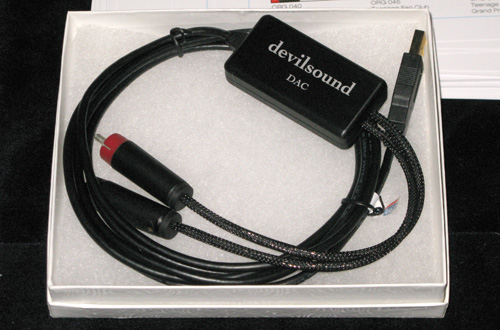 For me, the coolest products at the show were the “Devil Dac” shown in the Luxman room by Philip O’Hanlon, and a new battery powered DAC that will pull the digital bitstream from your iPod (just like the Wadia 170i) from the folks at ALO Audio and GR9 Technologies.
For me, the coolest products at the show were the “Devil Dac” shown in the Luxman room by Philip O’Hanlon, and a new battery powered DAC that will pull the digital bitstream from your iPod (just like the Wadia 170i) from the folks at ALO Audio and GR9 Technologies.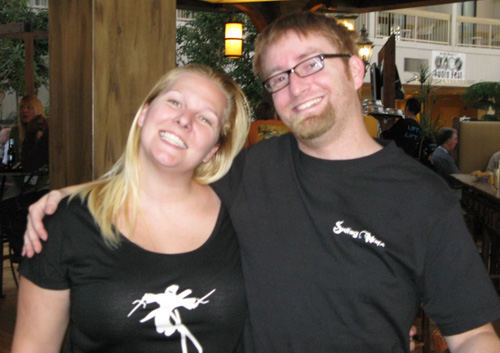
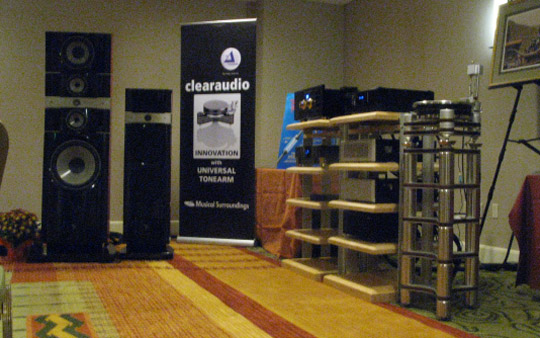 The Rocky Mountain Audio Fest got off to a great start in Denver today, with a very chilled out start time of noon, which was a benefit for exhibitors arriving from the East Coast and Europe.
The Rocky Mountain Audio Fest got off to a great start in Denver today, with a very chilled out start time of noon, which was a benefit for exhibitors arriving from the East Coast and Europe.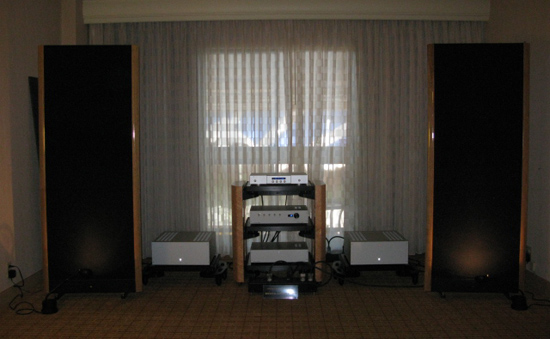
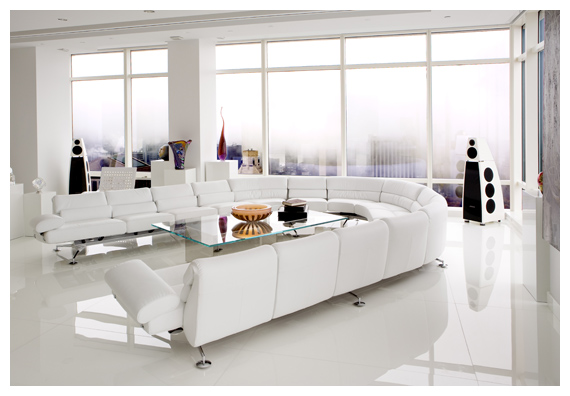 If you’ve always admired Meridian HiFi products, but wanted more than the standard black and silver, their new Meridian Select service is for you. With so many furniture finishes available today, their new palette of colors allows you the ultimate in customization. Utilizing the K5 selection of the RAL color system, (the most popular system in Europe today) there are now 210 metallic and non metallic colors to choose from. The system is a result of Meridian responding to their customers wishes for a broader range of product color options to integrate with their interiors.
If you’ve always admired Meridian HiFi products, but wanted more than the standard black and silver, their new Meridian Select service is for you. With so many furniture finishes available today, their new palette of colors allows you the ultimate in customization. Utilizing the K5 selection of the RAL color system, (the most popular system in Europe today) there are now 210 metallic and non metallic colors to choose from. The system is a result of Meridian responding to their customers wishes for a broader range of product color options to integrate with their interiors.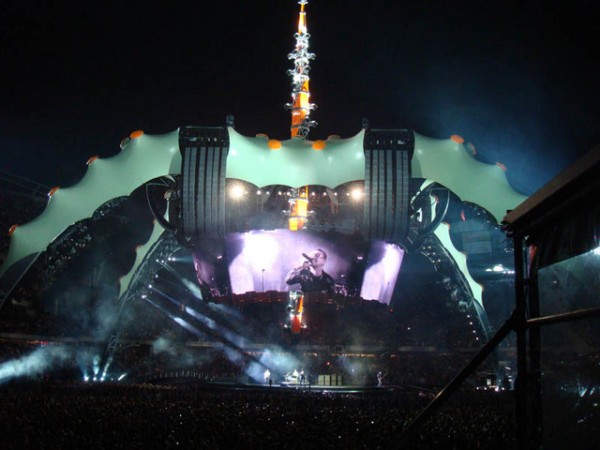 Of course, it was difficult to miss any action given the enormous screen and its continual projections of Bono’s continuous posing, preening, and prancing. Displaying a knack for drama that any award-winning thespian would envy, the charismatic vocalist carefully matched messianic hand gestures and facial expressions with the music’s breaks and choruses. If not for occasional traces of self-knowing humor (his flippant kissing of video cameras, sardonic smiles, and cock-of-the-walk gait), the pomp and circumstance would’ve come perilously close to unintentional parody and self-aggrandizing arrogance.
Of course, it was difficult to miss any action given the enormous screen and its continual projections of Bono’s continuous posing, preening, and prancing. Displaying a knack for drama that any award-winning thespian would envy, the charismatic vocalist carefully matched messianic hand gestures and facial expressions with the music’s breaks and choruses. If not for occasional traces of self-knowing humor (his flippant kissing of video cameras, sardonic smiles, and cock-of-the-walk gait), the pomp and circumstance would’ve come perilously close to unintentional parody and self-aggrandizing arrogance. Alas, U2’s pacing, sequencing, and all-things-to-everyone concerns torpedoed what could have been great but which settled for being a cut above average. While Clayton and drummer Larry Mullen Jr. put on a rhythmic clinic, and the always-dependable Edge made the myriad treble-rich guitar melodies, effects, and orchestrations seem effortless, there was no salvaging tedious numbers such as “Your Blue Room” and “Unknown Caller,” tunes whose atmospheric qualities are better experienced on record. Cover snippets—The Clash’s “Rock the Casbah,” The Police’s “King of Pain”—tacked on to the end of songs derailed momentum and didn’t always fit with their mates. And while the scale of the stage was partially accountable—there’s certain risk involved in building a set so massive that it considerably shrinks the members’ physical proportions even for those watching from premium seats—the band’s collective energy remained lukewarm until towards the end of the 130-minute extravaganza.
Alas, U2’s pacing, sequencing, and all-things-to-everyone concerns torpedoed what could have been great but which settled for being a cut above average. While Clayton and drummer Larry Mullen Jr. put on a rhythmic clinic, and the always-dependable Edge made the myriad treble-rich guitar melodies, effects, and orchestrations seem effortless, there was no salvaging tedious numbers such as “Your Blue Room” and “Unknown Caller,” tunes whose atmospheric qualities are better experienced on record. Cover snippets—The Clash’s “Rock the Casbah,” The Police’s “King of Pain”—tacked on to the end of songs derailed momentum and didn’t always fit with their mates. And while the scale of the stage was partially accountable—there’s certain risk involved in building a set so massive that it considerably shrinks the members’ physical proportions even for those watching from premium seats—the band’s collective energy remained lukewarm until towards the end of the 130-minute extravaganza. 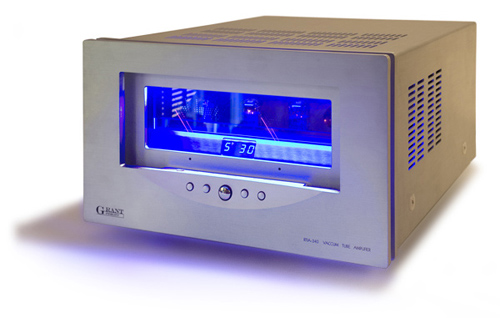 If you like tube amplifiers that hanker back to the glory days of audio with a big, beefy chassis and huge output transformers, the Grant Fidelity Rita-340 is for you. It’s so robustly built that even the careless handling of the UPS guys couldn’t stop it! The substantial crate arrived, looking like it had been dropped off the top of my garage roof, but after I dusted off the Rita and fired it up it worked perfectly and it has worked flawlessly for the past six months. I think this should settle any build questions you might have about this amplifier; anything that can survive that kind of abuse should be fine in everyday use.
If you like tube amplifiers that hanker back to the glory days of audio with a big, beefy chassis and huge output transformers, the Grant Fidelity Rita-340 is for you. It’s so robustly built that even the careless handling of the UPS guys couldn’t stop it! The substantial crate arrived, looking like it had been dropped off the top of my garage roof, but after I dusted off the Rita and fired it up it worked perfectly and it has worked flawlessly for the past six months. I think this should settle any build questions you might have about this amplifier; anything that can survive that kind of abuse should be fine in everyday use.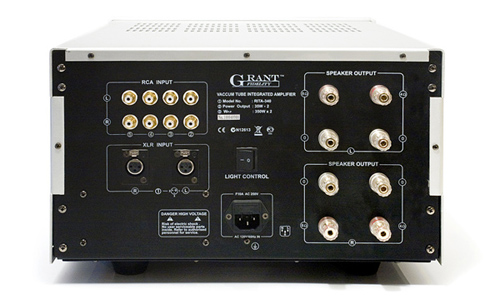 There are two sets of speaker outputs on the rear panel, and while the amplifier is rated to drive speakers from 4-8 ohms, with a tap for 4 and 8 ohms and a common ground. The speakers I tried had varying impedance and I did not notice any issues driving anything.
There are two sets of speaker outputs on the rear panel, and while the amplifier is rated to drive speakers from 4-8 ohms, with a tap for 4 and 8 ohms and a common ground. The speakers I tried had varying impedance and I did not notice any issues driving anything.